By Rick VanSickle
A little bit of magic occurs in a tiny dip of the Ravine Vineyard on the St. David’s Bench pretty much every vintage.
Note: Also in this Niagara Wine Report, we review a tasty old vines Pinot from Chateau des Charmes and offer our picks of the Niagara wines from Saturday’s Vintages release, including Flat Rock Cellars, Henry of Pelham, Featherstone and a treat from B.C.’s Township 7.
It’s the kind of magic that can turn quickly into a curse if left to its own devices, but control it, nurture it and embrace it and the resulting wine conjures up liquid gold and casts a mighty spell on all those who drink of its pleasure.
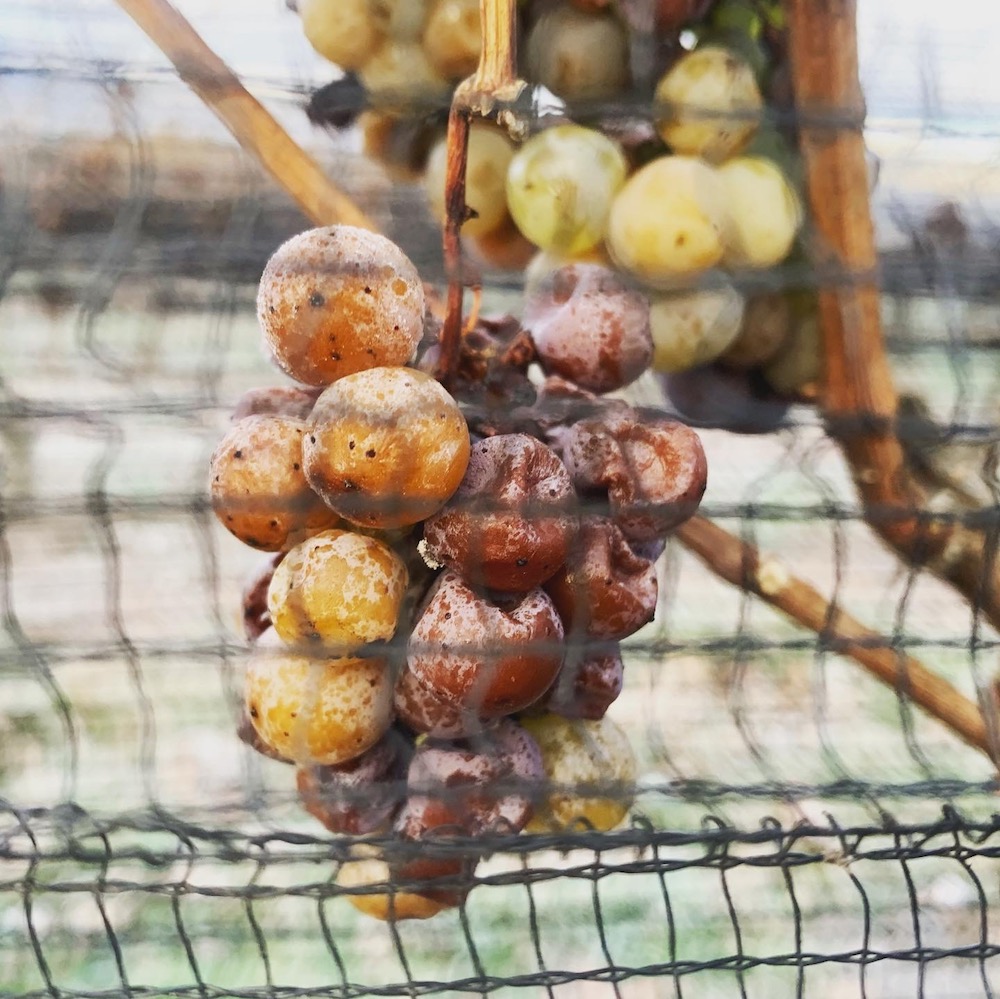
It’s called noble rot, or botrytis cinerea, a type of fungus that shrinks, shrivels and decays grapes and sends shivers up the spines of most grape growers who know that left unattended, that fungus can decimate the vineyard and no amount of magic will break the spell. But in many places of the world — Sauternes in Bordeaux, Spätlese level wines in Germany and, yes, those brave enough to try, in Niagara — it is embraced as an exotic style of sweet wine that has depth, dimension and complexity beyond icewines and late harvest wines, and not as sweet as either of those. The world’s greatest sweet wine (arguably) is made from botrytised grapes. Chateau d’Yquem is an ethereal treat and treasured the world over by wine collectors who insist on consuming them only after years and even decades in the cellar.
This kind of style is not only risky to produce, but it is also expensive. When botrytis cinerea develops normally, it attacks the grapes and colours them brown. The skins also become permeable, allowing the juice to evaporate and concentrating the berries and at the same time, drastically reducing yields. The sugar levels inside the grapes become more concentrated, far in excess of normal ripening and needs some wizardry to balance with the acidity.
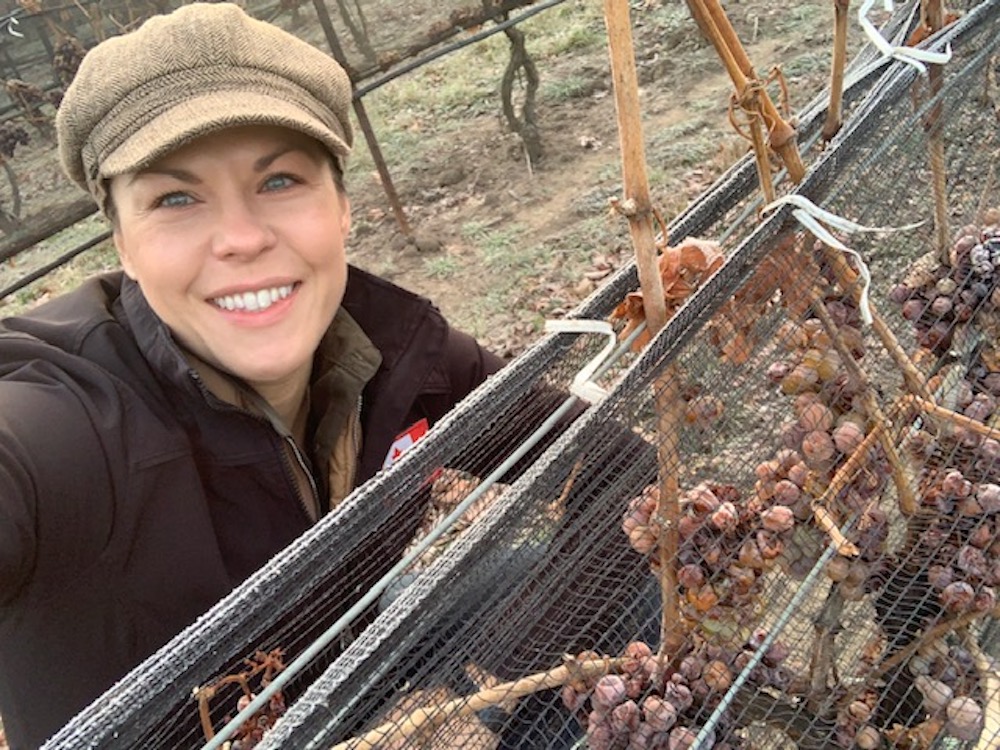
While the sweeter icewines and late harvest wines are more fruit-driven, botrytised wines tend to favour more complex attributes such as beeswax, wild honey, honeysuckle, dried tropical fruits and ginger notes. When a winemaker nails it, these so-called BA or TBA (Totally Botrytised Affected) wines are a mind blowing experience you won’t soon forget.
Ravine Vineyard winemaker Lydia Tomek, above, has absolutely nailed it from the warm 2020 vintage with her botrytised affected Riesling from grapes that are always impacted by the dip in Patricia’s Block of the estate vineyard where moisture forms and inhibits the fungus. I have seen this wine made from this unique parcel of the vineyard many times in many different iterations, but the 2020 version is the best ever made at Ravine. It is truly a unique wine that keeps surprising on the palate the more you sip, releasing intense layers of pleasure you won’t soon forget.
Tomek told Wines In Niagara that the clone they use in Patricia‘s Block, according to planting records, is 2322, which is sensitive to botrytis infection. “It’s a gorgeous site that makes delicious wine but it and requires lots of attention from the winemaker. It’s a block that I will walk daily (sometimes twice) to keep a pulse on what the fruit is doing,” she said
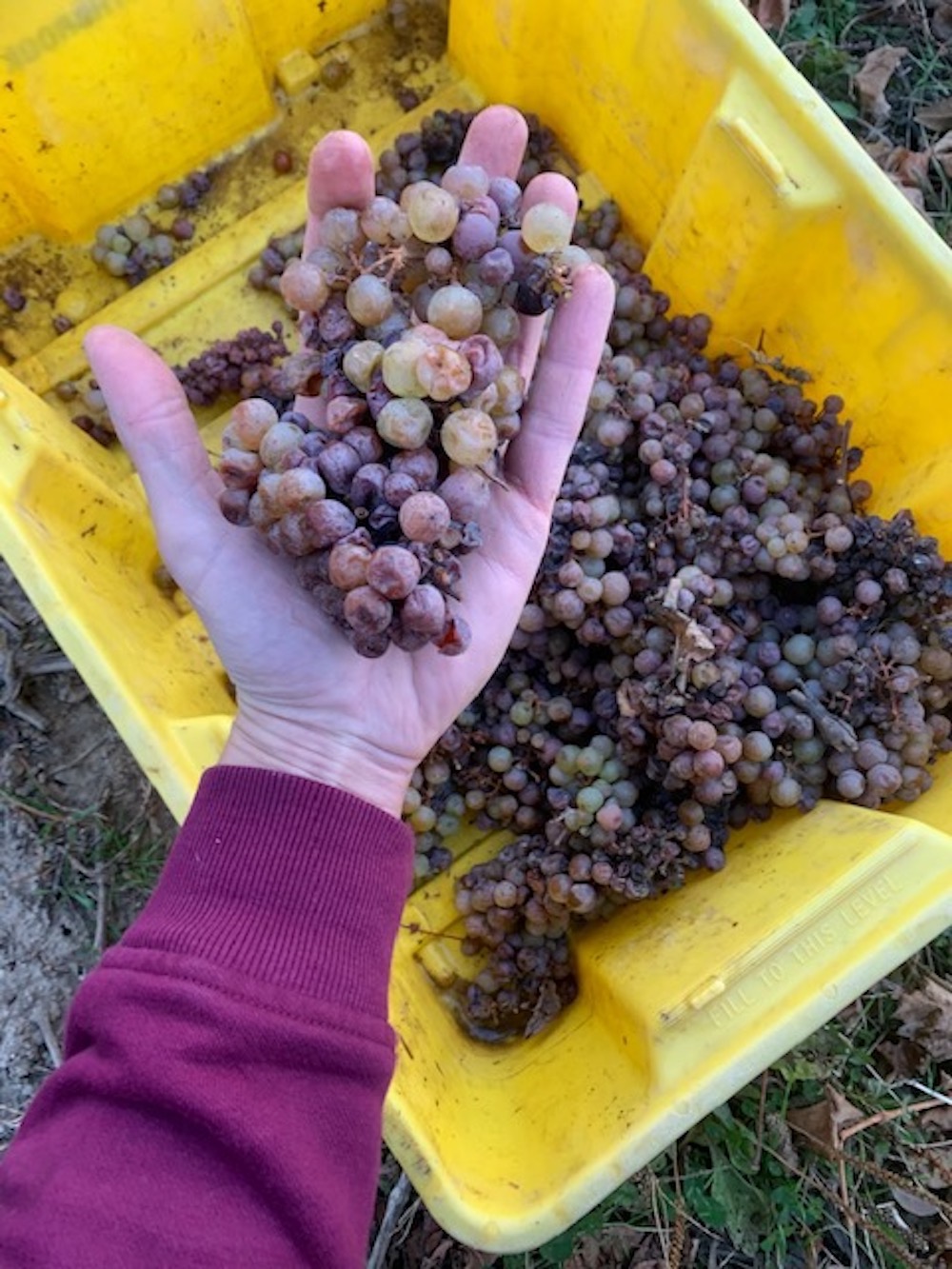
2020 was a year where the weather conditions inhibited the development of noble rot, explained Tomek, but hot and humid conditions can turn the botrytis into grey or sour rot.
“My gut was telling me to hold on and that the year was going to be perfect for drier conditions that will allow the botrytised affected berries to properly develop noble rot flavours and desiccate on the vine,” said Tomek. “I took a week to make that decision and when I tasted the berries and started to notice clean flavours of raisin and apricot I knew we were on track. Eight rows were selected and slowly the infection started to spread throughout the vines. Around Halloween the berries were reminiscent of dried apricots and the bunches were approximately 60% infected.”
By mid November eight rows had fruit that was anywhere between 80% to 100% botrytis infected. The fruit was sorted and bunches were put into the press. fermentation was done in stainless steel and stopped on Christmas Eve at 130 g/l. After five months of aging on the lees, the wine was bottled.
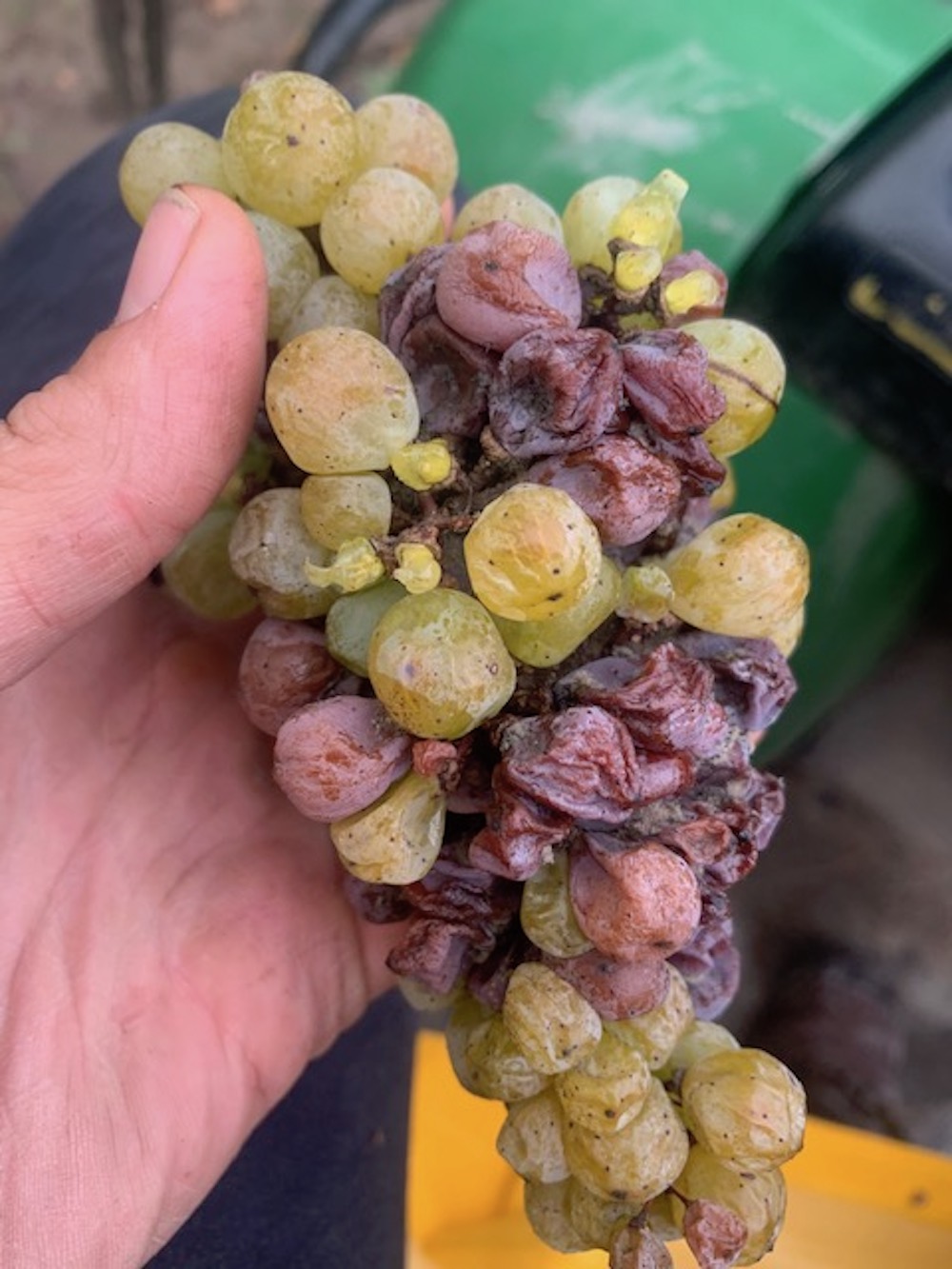
I first experienced Tomek’s BA Riesling last April in its unfinished iteration before it was aged. In its raw form, it was dripping in honey and had lovely texture with layers of apricot, honeysuckle, sweet citrus, peach compote and tropical notes. Now that it’s a finished wine, I can tell you, it’s a wine you just have to experience.
We have a review of that wine along with the new Cab Franc Icewine, several of Ravine’s reserve wines and a charmat rosé.
But first … the sweeties.
The sweet wines
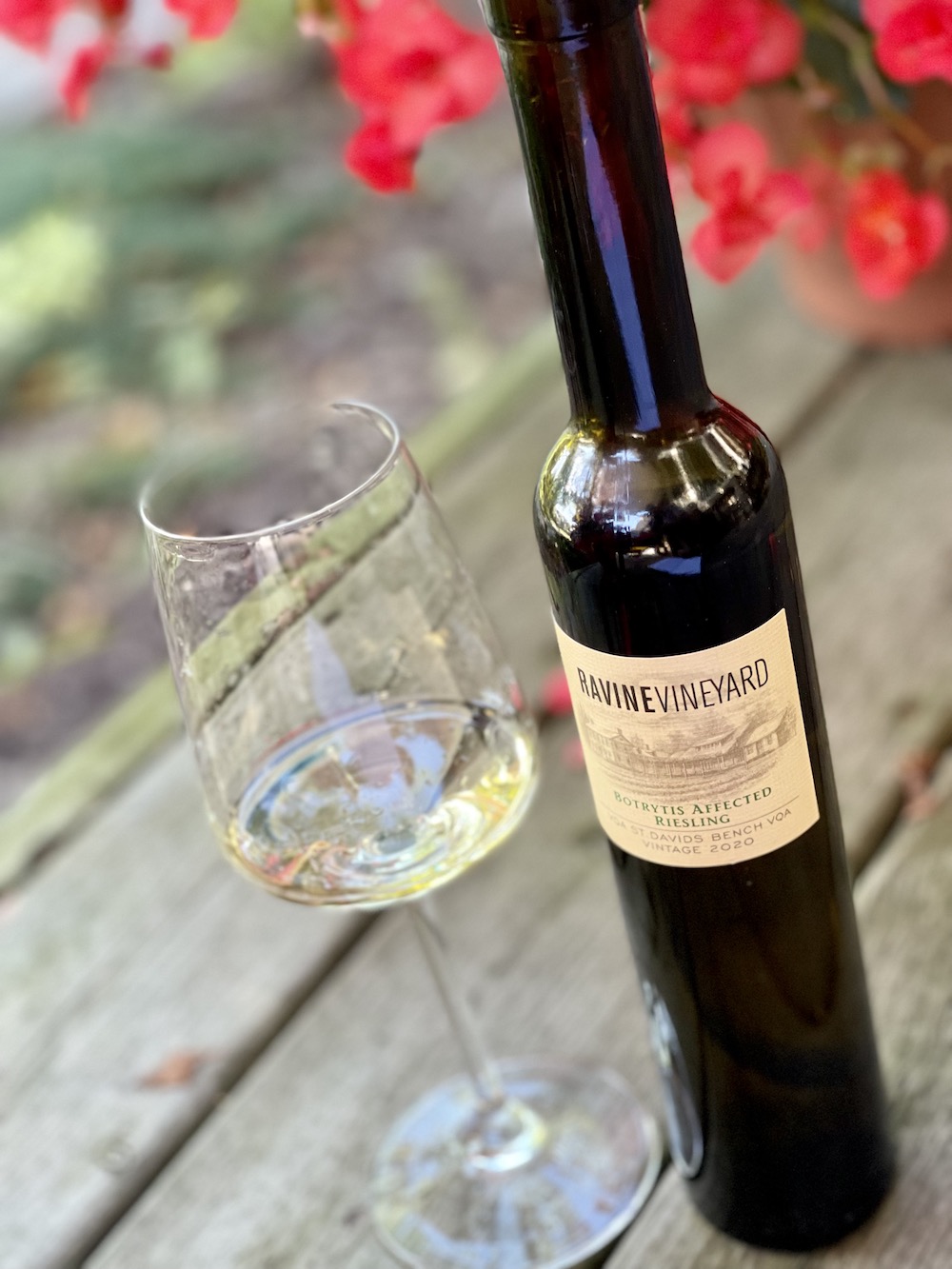
Ravine Botrytised Affected Reserve Riesling 2020 ($38 for 375 mL, 95 points) — My word, what an explosive nose that begins with apricot jam, lime for miles, peach preserves, lemon meringue, honeycomb, beeswax, lanolin and even a subtle mineral note. Here’s where it gets even more interesting. That first sip is magical with a sweet and provocative mouth of apricot tart, peaches in honey, layers of sweet marmalade, mango, dripping in raw honeycomb, lanolin and, ginger in a layered and hedonistic style with layer after layer of new flavours that keep coming at you. It has such a luxurious waxy, silky texture and is clean, polished and focused on a finish that is awash in juicy acidity. It will just get better and better with age.
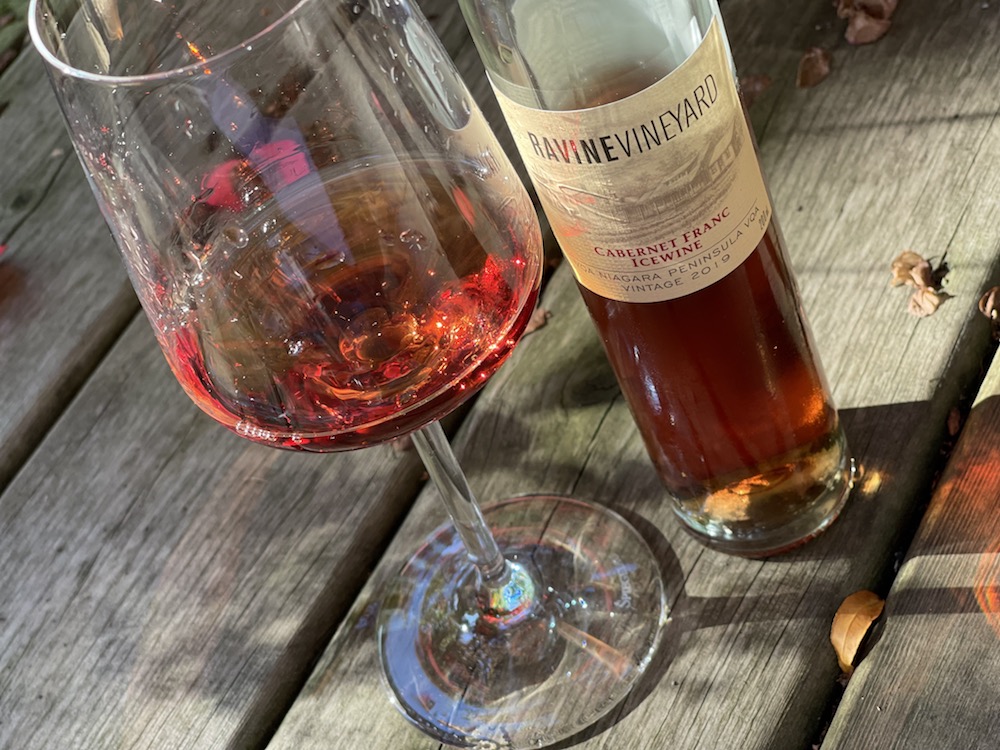
Ravine Cabernet Franc Icewine 2019 ($45 for 200 mL, 94 points) — This exquisite Cab Franc icewine benefits from a few months of barrel aging in oak. It shows a deep and rich bronze colour in the glass and an enticing and decadent nose of cherry kirsch, jammy strawberries and grandma’s raspberry jam with buckwheat honey, sweet herbs and just a whiff of mocha. It’s silky and unctuous on the palate with candied red berries, wild honey and dried herbs in a layered and textured style that is gifted with balancing acidity on a long, luxurious finish. An amazing icewine to lay down for 10+ years, if you can.
The charmat rosé
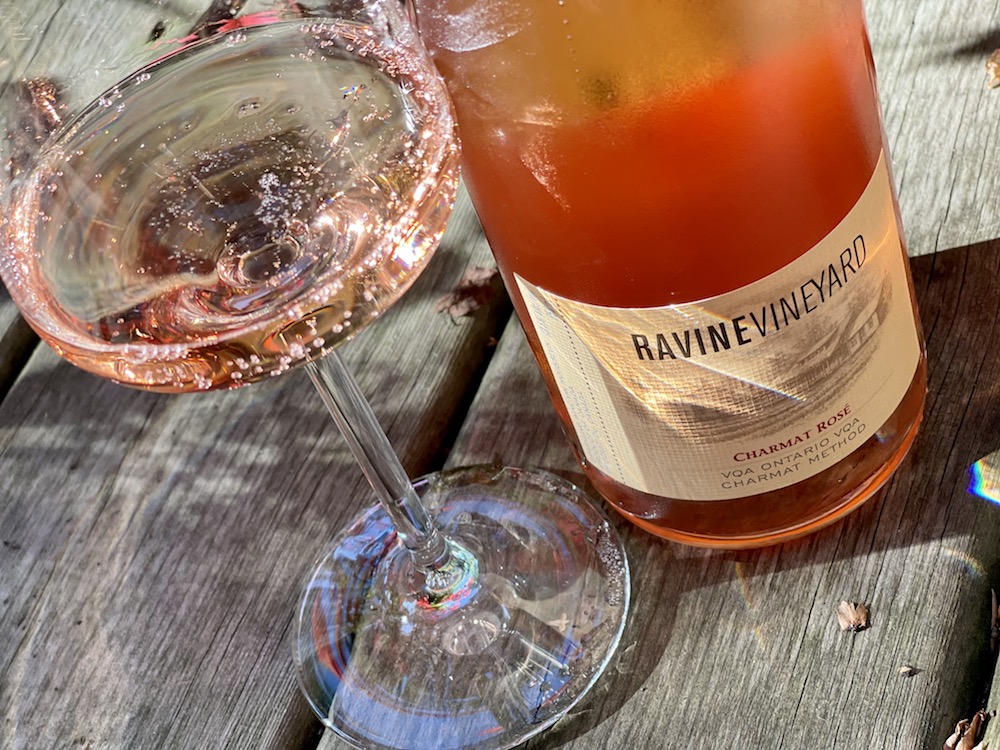
Ravine Charmat Rosé NV ($32, 89 points) — The base of this wine was made from Cabernet Franc grapes picked early in the season. The grapes were crushed and cold soaked for a short time and then gently pressed. Secondary fermentation took place for 90 days in charmat tanks to create the bubbles. It has a pretty salmon colour and a dramatic presentation in a clear glass bottle. It has a fresh nose of wild raspberries, cherries, strawberry tart and subtle earthy/savoury notes. It has a lively mousse on the palate with a basket of red berries, light herbs and lively finish.
The whites
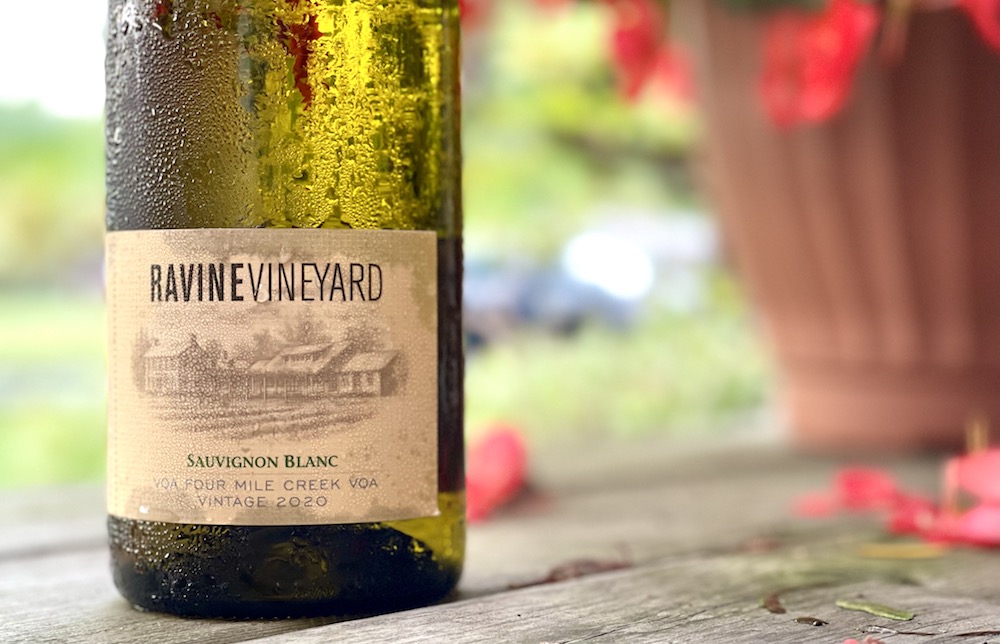
Ravine Sauvignon Blanc 2020 ($32, 92 points) — Tomek uses both stainless steel and oak for aging this wine with the oak portion spending 7 months in mostly older barrels. It achieves a lovely balance between New World freshness and Old World charm with a nose of tropical fruits, pineapple, toasted coconut, herbs, light spice notes and just a hint of wet grass. It has wonderful texture on the palate (thank you, oak) with grapefruit zest, pear, guava, gooseberries and herbs with a juicy lifted kick on the finish.
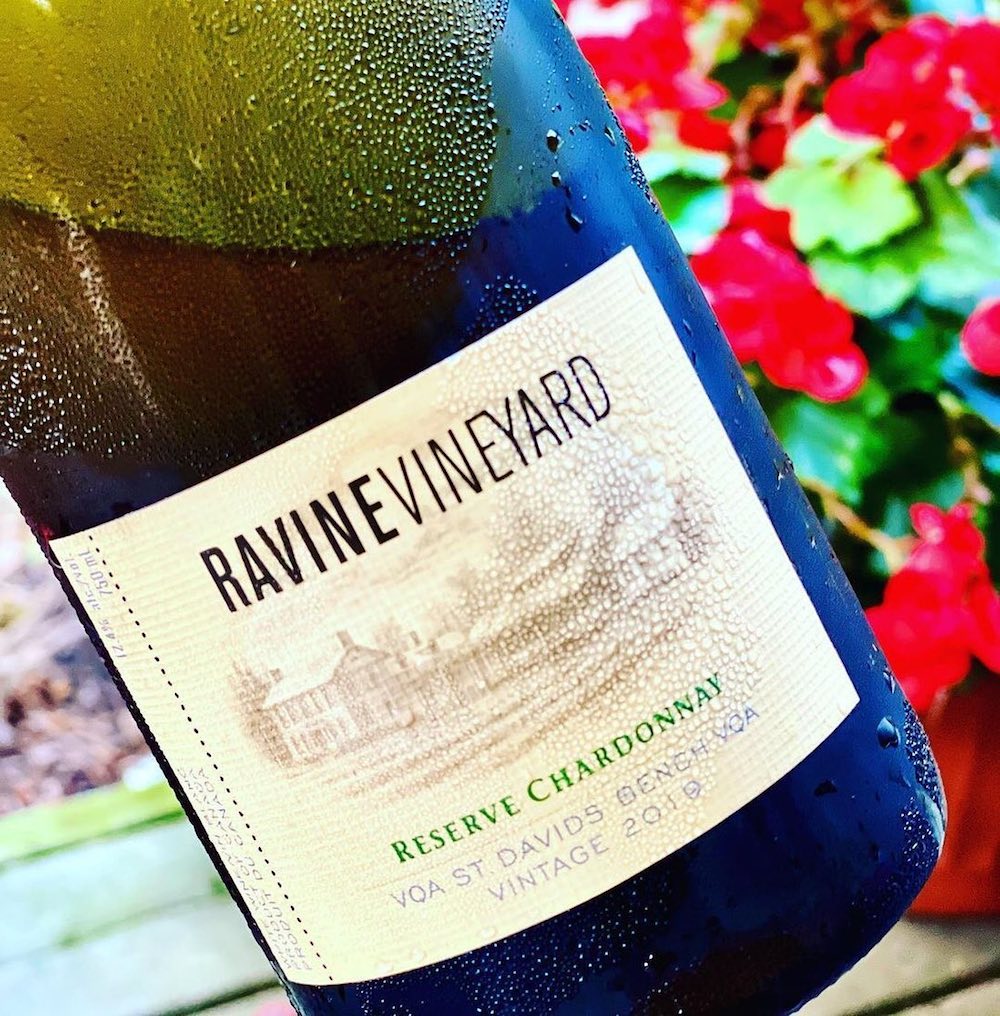
Ravine Reserve Chardonnay 2019 ($55, release date TBD, 93 points) — The reserve Chardonnay is made from organic grapes grown at the estate and it’s wild fermented and aged in oak barrels for 17 months. “It’s from the best pick (of the grapes),” says Tomek. “I wanted to amplify what the estate can do. I’m really proud of it.” The regular estate Chardonnay, reviewed below, garnered 96 points and a gold medal at the Decanter World Wine Awards 2021, so Tomek felt a bit of pressure introducing this big sister Chard to the world. She need not worry, this is a rich, complex and layered Chardonnay with a persistent nose of savoury pear, golden apple, chamomile, toasted almonds, toffee, creamy vanilla and elegant spice notes. It has an elegant feel and creamy texture on the palate with poached pear, ripe apple notes, caramel/toffee accents, subtle savouriness and rich oak spices with energy and zesty citrus finesse on the long finish. Beautiful and terroir-driven Chard that should reward with a few years in the cellar.
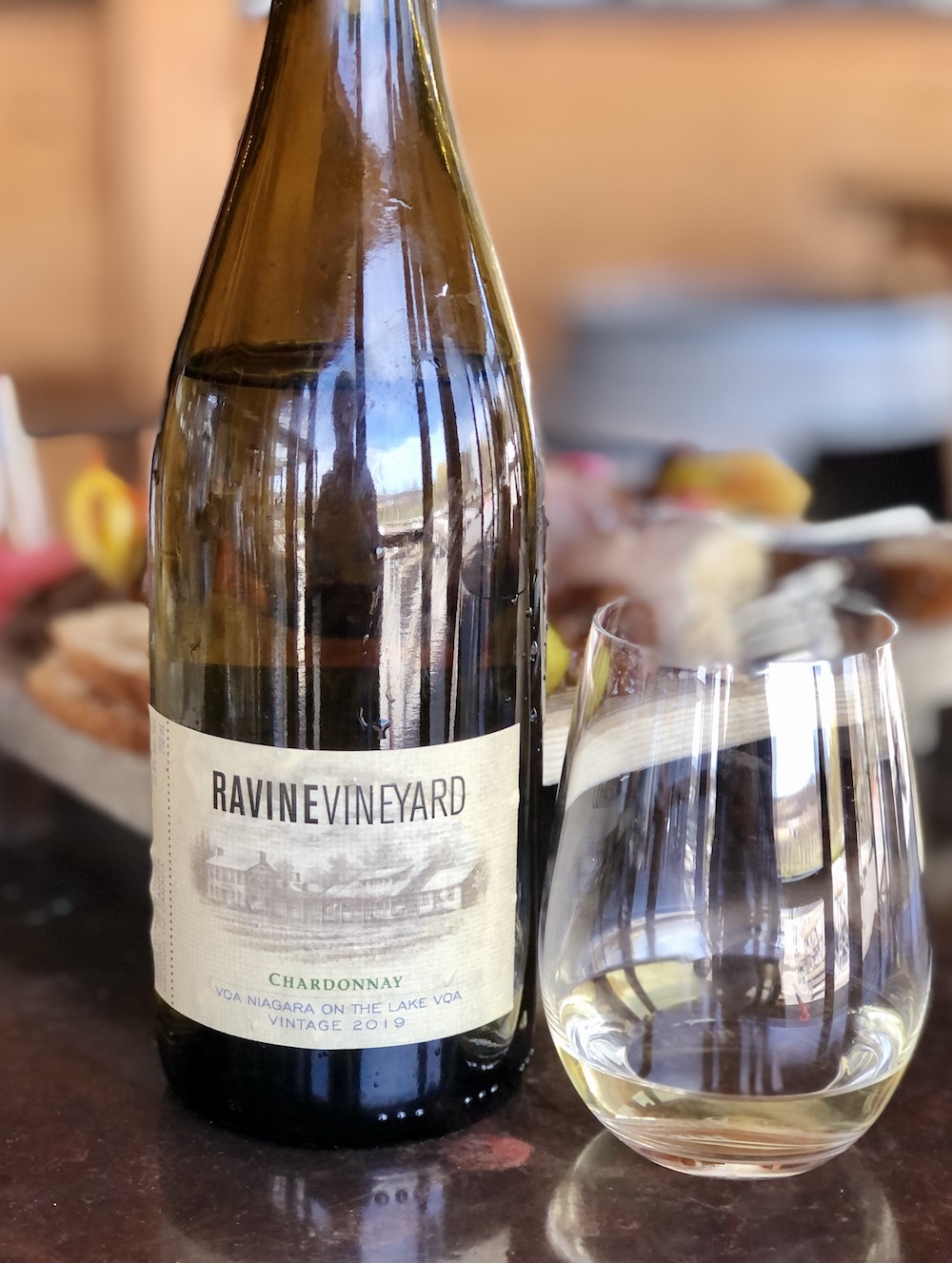
Ravine Chardonnay 2019 ($35, previously reviewed and retasted, 91 points) — This Chard is barrel fermented and aged for 14 months in French oak. The nose explodes with pear, yellow apple, creamy/spicy notes, citrus zest, toasted vanilla and a nice vein of salinity. It’s caressing on the palate with a rich and creamy texture and loaded with ripe orchard fruits, toasted oak spices and plenty of acidity keeping lively on the finish.
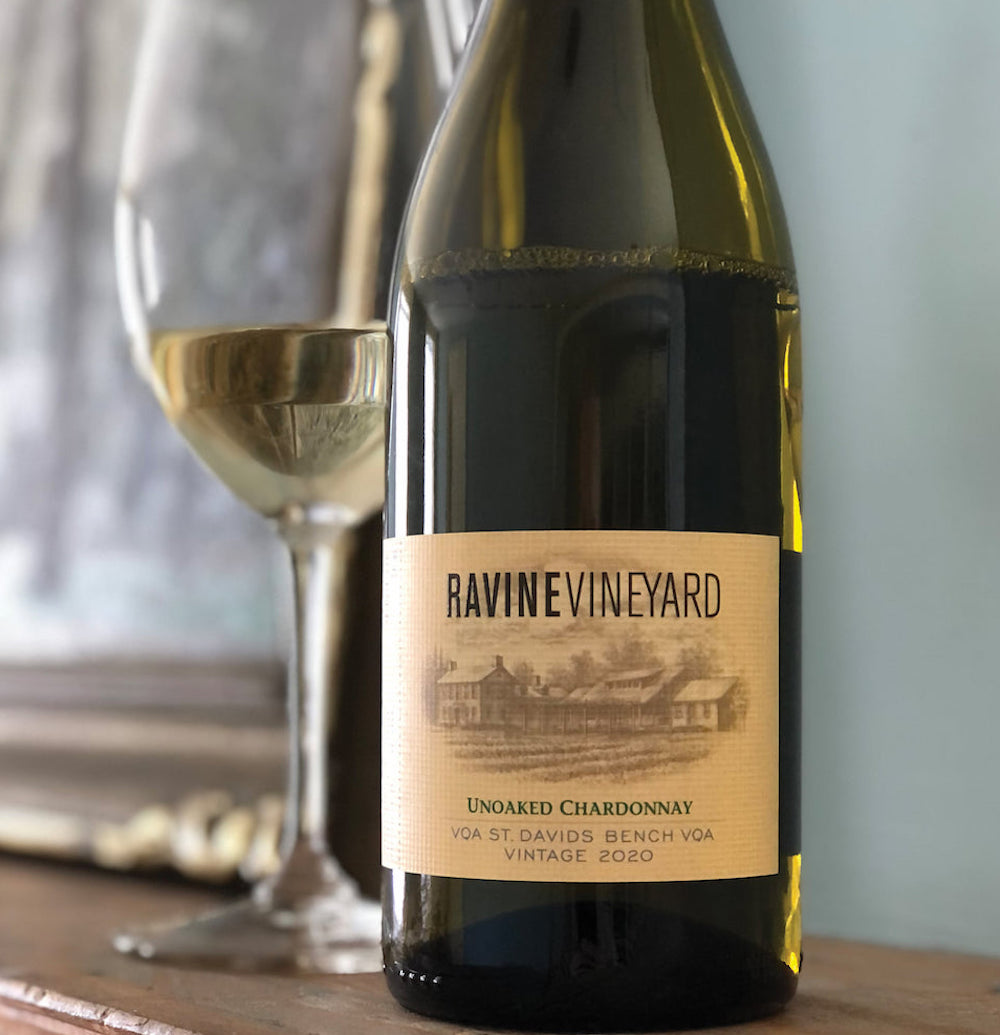
Ravine Unoaked Chardonnay 2020 ($32, previously reviewed and retasted, 90 points) — All stainless steel fermented with weekly lees stirring. The nose shows vivid peach, green apple, perfumed pear and citrus zest. It’s a lovely fruited wine on the palate with mineral salinity, Niagara orchard fruits, lemon and a zippy, fresh finish.
The reds
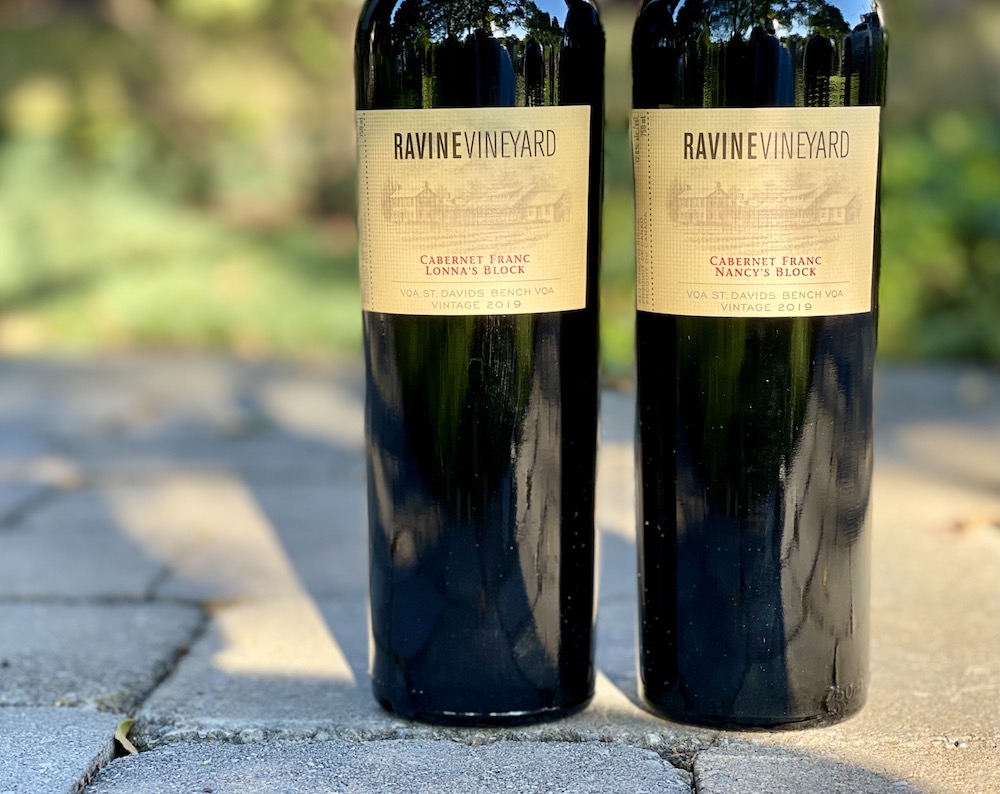
Ravine Lonna’s Block Cabernet Franc 2019 ($55, 93 points) — The following two single-block Cabernet Francs at the estate are separated only by a driveway, but the differences are profound. Lonna’s block is to the west of the driveway and Nancy’s block is to the east. The Lonna site is slightly more vigorous and retains more heat than Nancy’s. It is believed that having the vines planted on the old horse paddock may be responsible for this by incorporating higher organic matter into the soil. Nancy’s block has just a little more sand in the soil profile (especially the rows further east), but is a little more tamed and balanced in terms of acid to sugar ratios. This block likes to ripen a little slower but steadier than Lonna’s block. In 2019 the two blocks were picked on the same day. The nose on the Lonna’s Block is much more earthy and complex with red and dark berries, underlying savoury notes, cigar leaf, spice and subtle herbs. The palate reveals more ripe raspberries, underbrush, dark cherries, anise/licorice, softish tannins, toasted spice notes and vibrancy through a lifted finish. Can cellar for 6+ years.
Ravine Nancy’s Block Cabernet Franc 2019 ($55, 92 points) — This version of the two block-select wines is bright, juicy and jumps from the glass on the nose with aromas of black raspberries, cherries, plums, a lifted floral note, sweet garden herbs and fine oak spices. That ripe and juicy fruit shines on the palate with savoury red berries, plums, anise, sage, subtle spice notes and a lively, minerally-laden finish. Can cellar 5+ years.
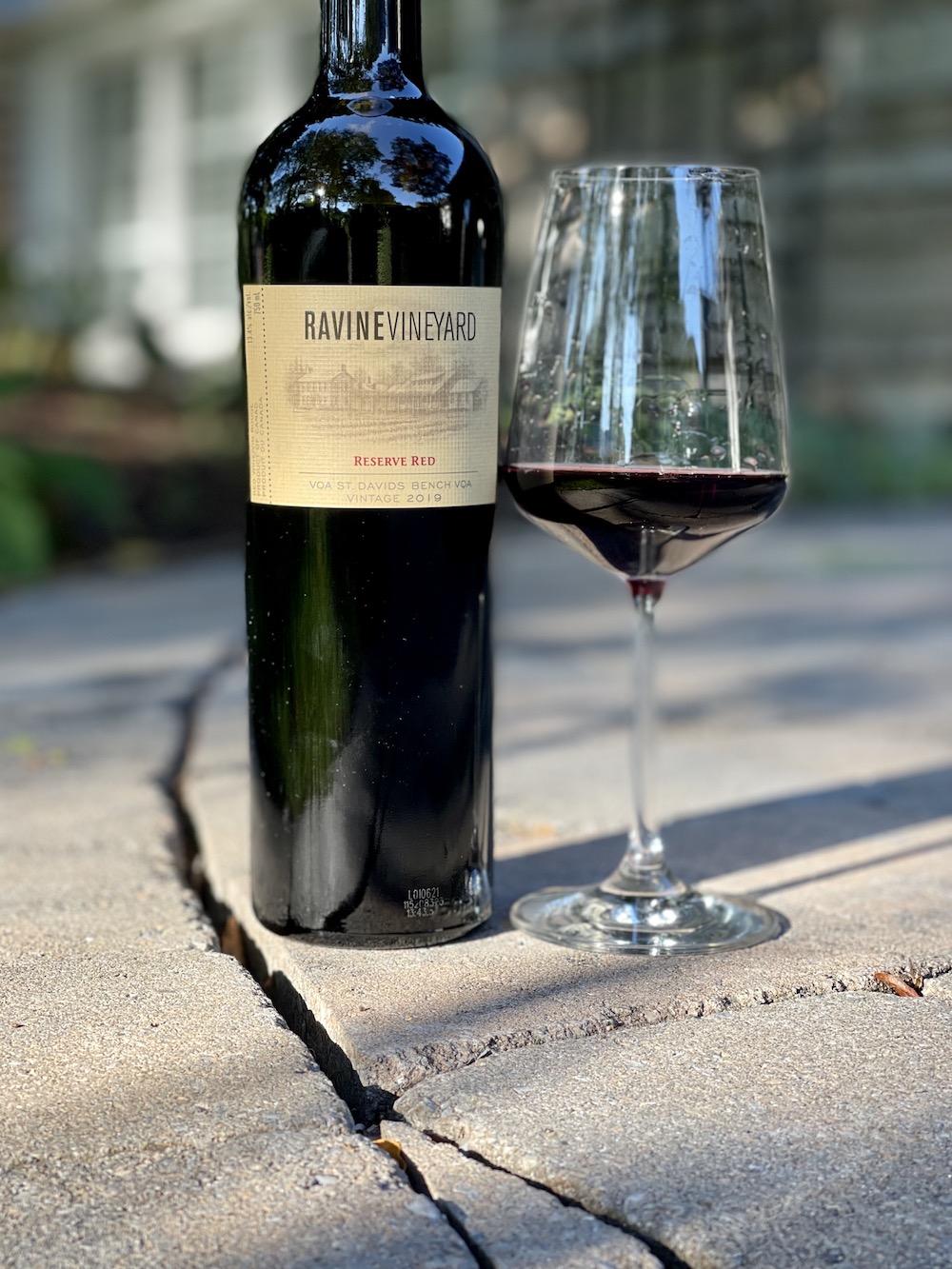
Ravine Reserve Red 2019 ($65, 90 points) — The reserve red is a blend of the six best Bordeaux variety barrels sourced from the estate. This blend ended up being 50% Merlot, and 25% each of Cabernet Franc and Cabernet Sauvignon. It has a nose of cassis, black cherries, black currants, anise, dried herbs, touch of savoury/earthy notes and integrated oak spices. It’s a medium-bodied red on the palate with medium+ tannic structure, then anise, black currants, brambly raspberries, plums, earthy/savoury notes, spice box and a bright, lifted finish.
A Pinot from Chateau des Charmes
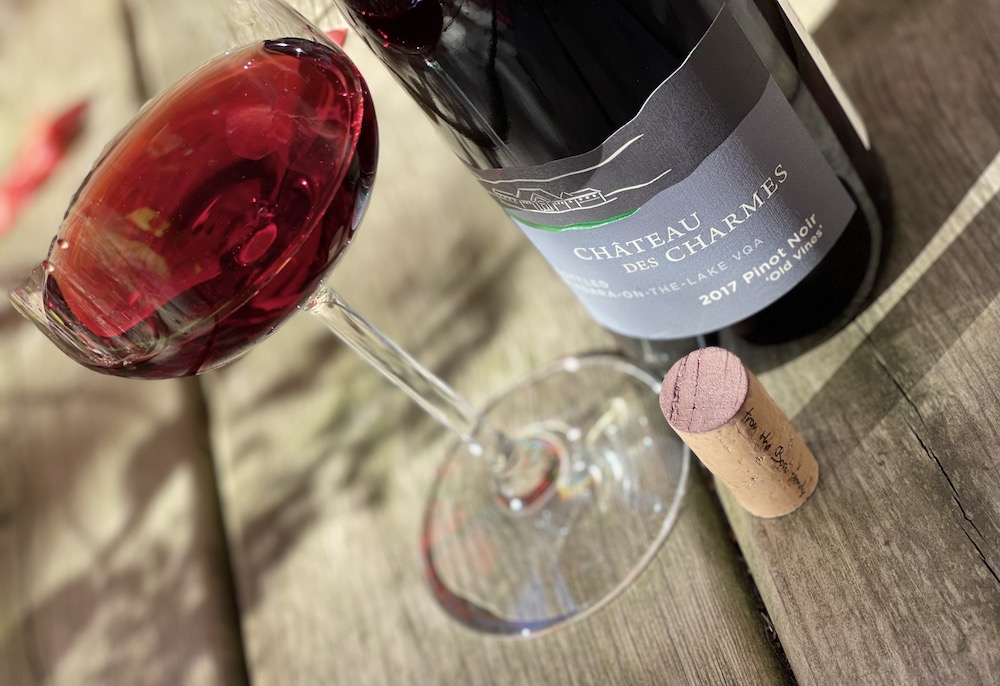
Chateau des Charmes Old Vines Pinot Noir 2017 ($25, winery, 92 points) — This is the first old vines Pinot released from Chateau des Charmes since the 2012 vintage. “For this Pinot Noir we utilized our time-honoured tradition of sourcing grapes from only our oldest vineyard blocks in our St. David’s Bench vineyard,” explained winemaker Amelie Boury “Testing and tasting are both very important parts of the winemaking process. When we tasted this batch of Pinot Noir it was clear that it was a standout. We used barrel aging to enhance the depth and richness. Juicy dark cherries jump from the glass with brambly raspberries, a touch of earth and elegant spice notes. It shows more complexity on the palate with red berries, anise, woodsy/earthy notes and a structured backbone with ripe tannins, lovely spices and a long, lifted finish. Excellent Pinot from the St. David’s Bench.
Our picks from the Vintages
release on Saturday

Featherstone Sauvignon Blanc 2020 ($18, 90 points) — 20% of the fruit is barrel fermented using neutral Canadian oak barrels. This has a lovely grassy/herbaceous nose with notes of grapefruit, lime, kiwi and star fruit. There’s a bit more flesh on the palate, more richness in the grapefruit, lime and kiwi with spice and herb accents on a fresh finish.

Flat Rock Cellars Estate Pinot Noir 2019 ($23, 89 points) — This is always a smart buy at the LCBO and the 2019 version is no different. The nose shows ripe cherries, brambly field raspberries, forest floor, touch of cassis and spice. It’s bright and cheerful on the palate with well defined red berries, dried tobacco, earth, spice and finessed through the finish. Good value Pinot.
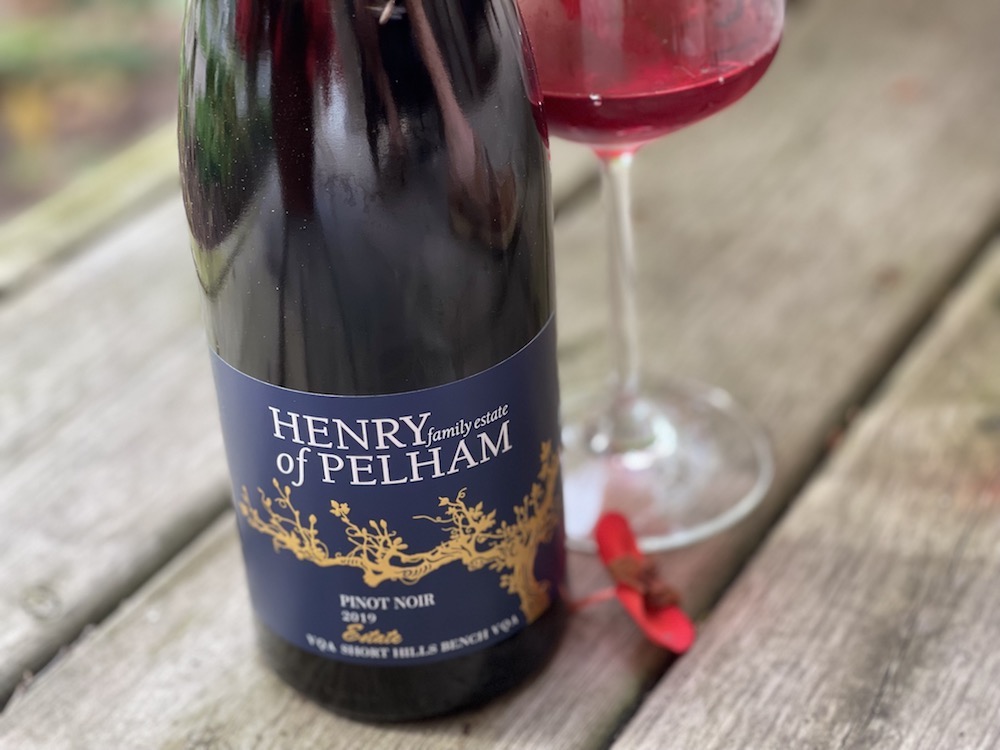
Henry of Pelham Painted Wagon Pinot Noir 2019 ($25, 90 points) — A really nice Pinot with a savoury/spicy nose of field raspberries, black cherries, bramble, touch of cranberries and earth. It’s smooth on the palate with silky tannins, the full range of red berries, earth, savoury spice notes and a vibrant finish.
And a treat from B.C.
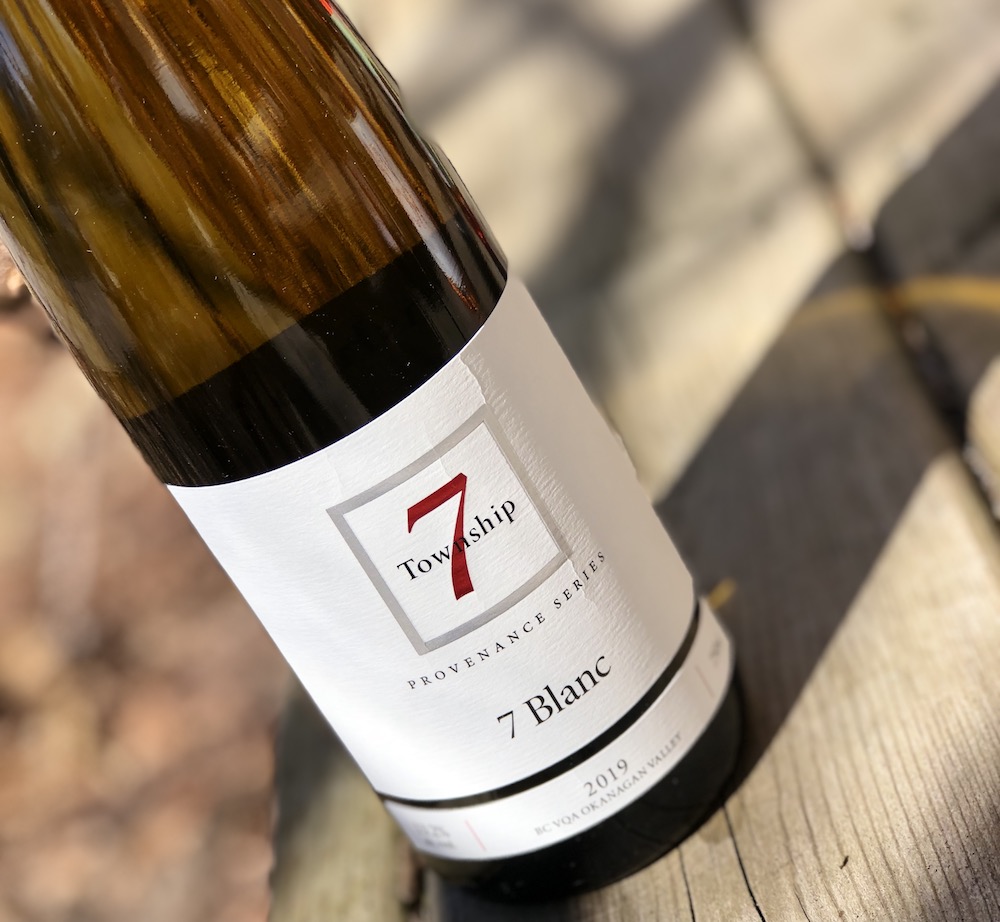
Township 7 Blanc 2018 ($20, 87 points) — A blend of predominantly Gewürztraminer followed by Viognier, Pinot Gris, Riesling and Muscat. It has a fresh and lively nose of grapefruit, ginger, apricot, lemon blossom and peach. It is a juice bomb on the palate with orchard fruits, grapefruit, lychee, peach, ginger and honey notes with a semi-sweet finish.
Also released, but not reviewed:
• Cave Spring Indian Summer Select Late Harvest Riesling 2017 ($25 for 375 mL)
• Palatine Hills Vidal Icewine 2012 ($20 for 200 mL)
• Jackson-Triggs Grand Reserve White Meritage 2020 ($25)
• Stratus Tollgate Chardonnay 2019 ($25)
• 13th Street Cabernet/Merlot 2019 ($22)
• Megalomaniac Sonofabitch Pinot Noir 2018 ($28)






Comment here